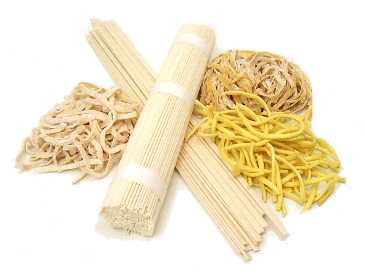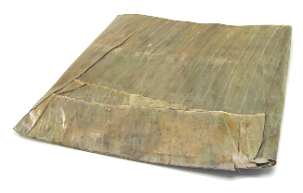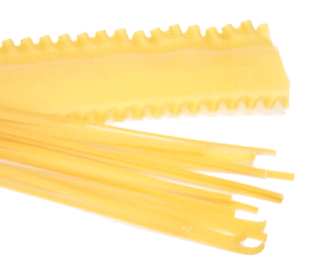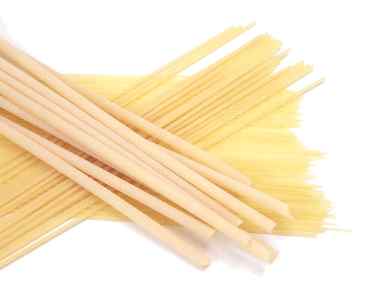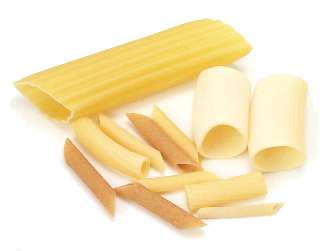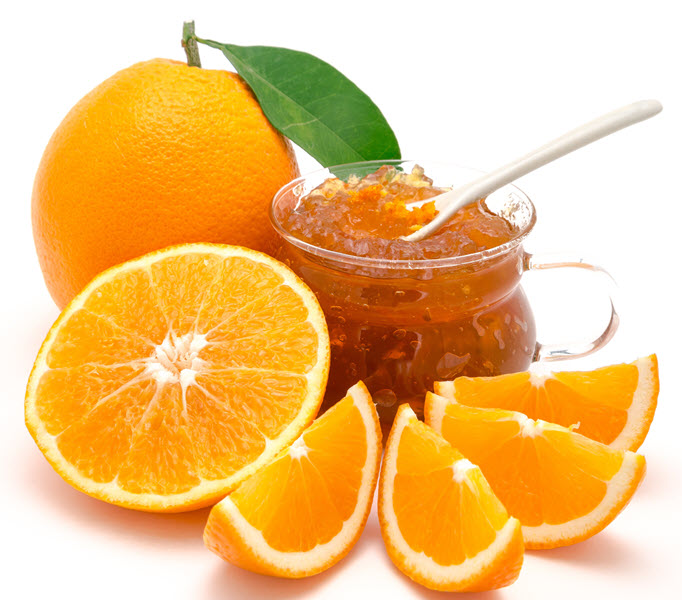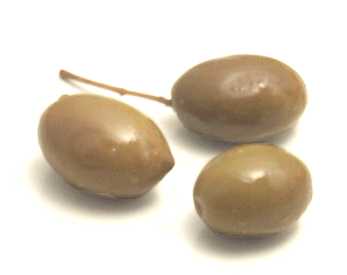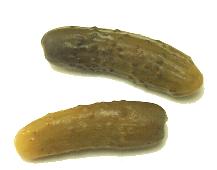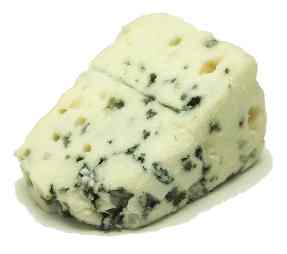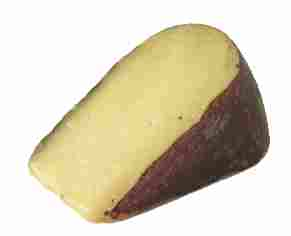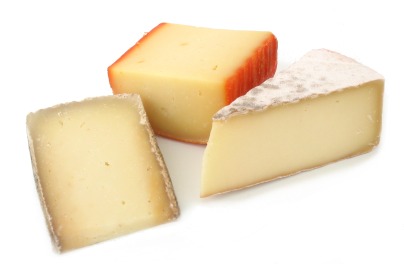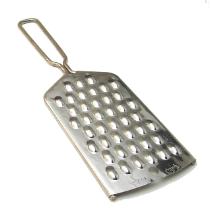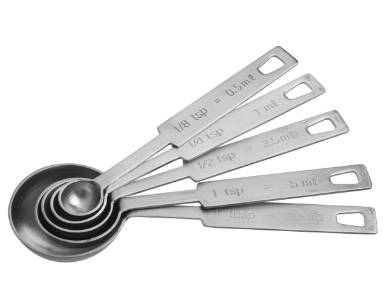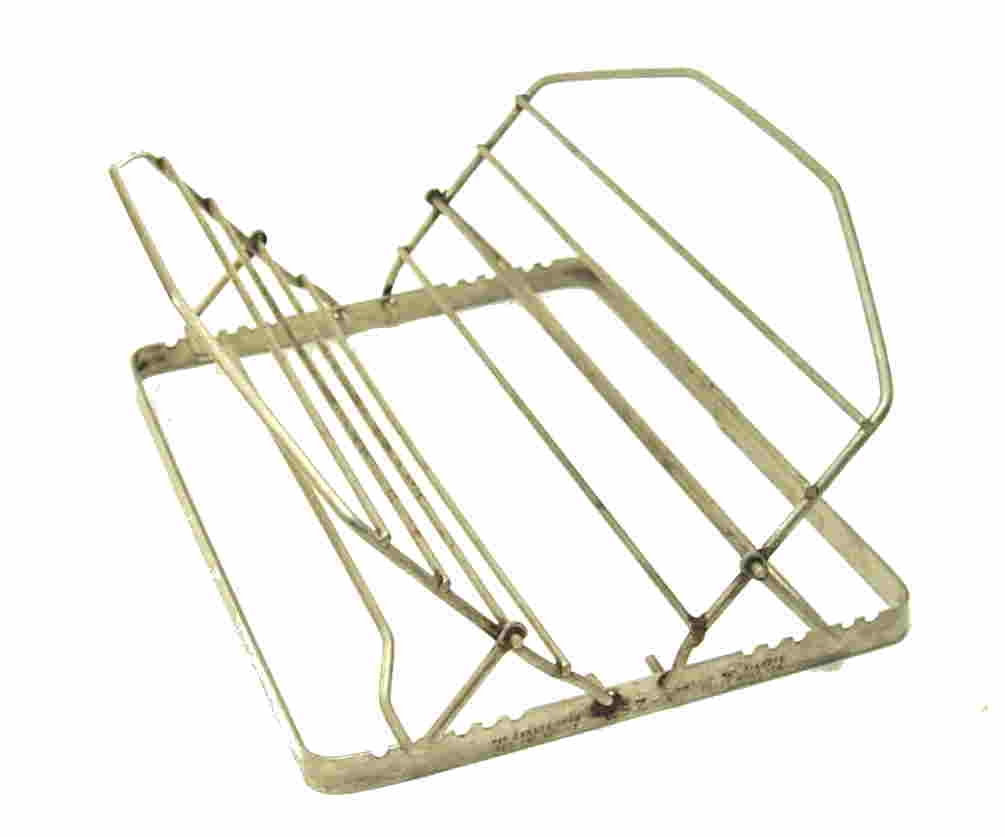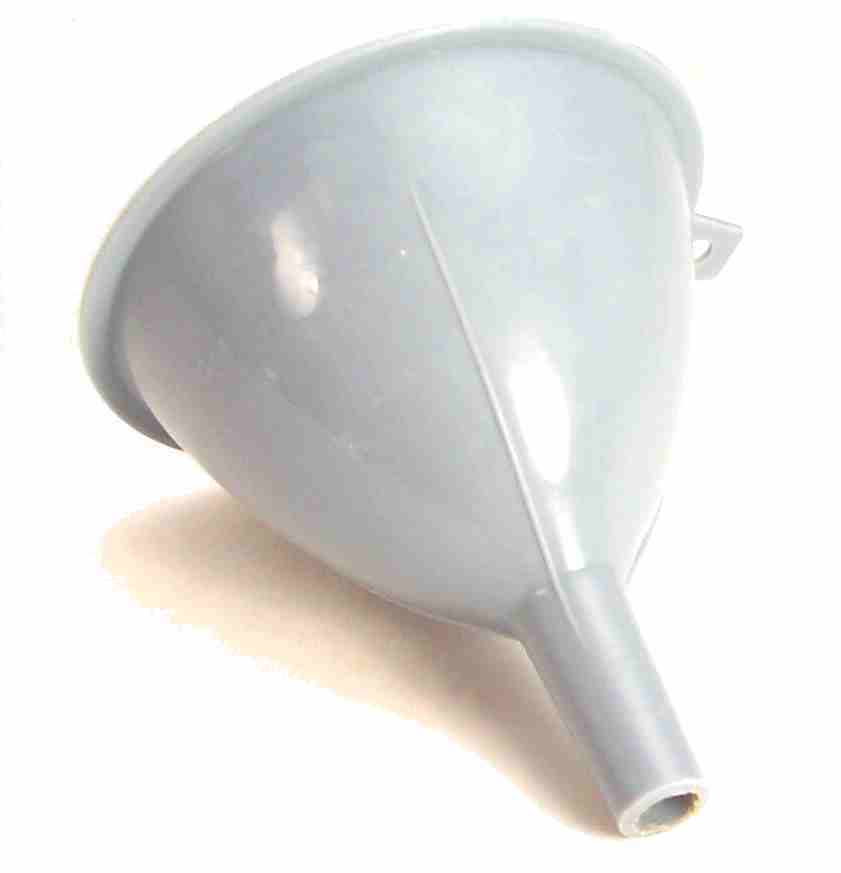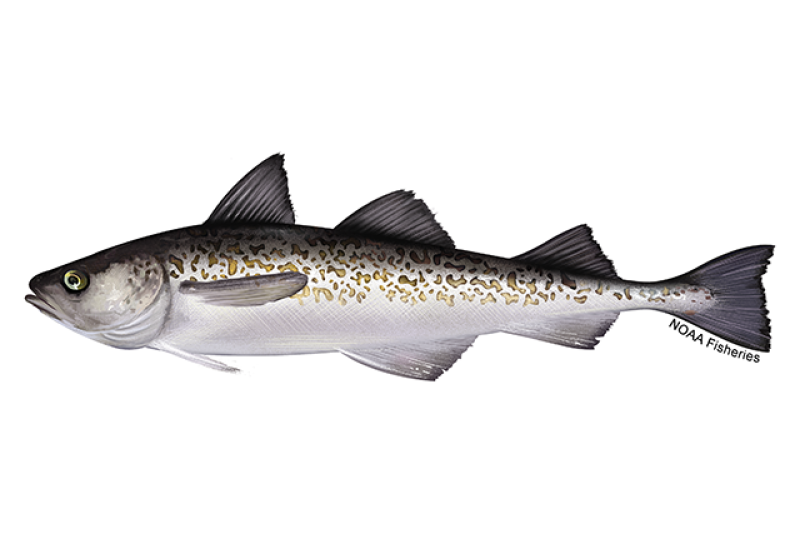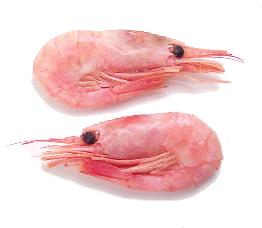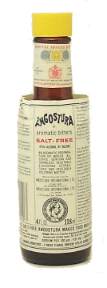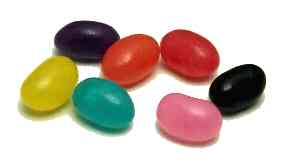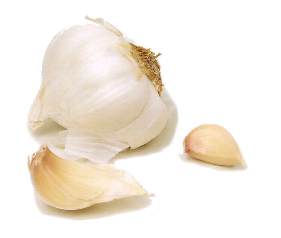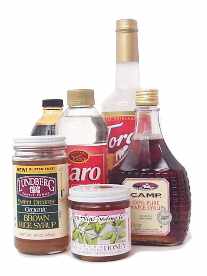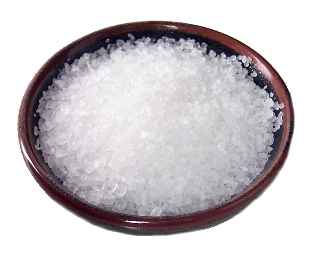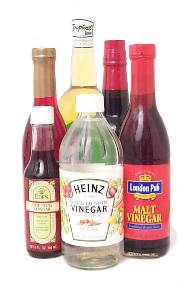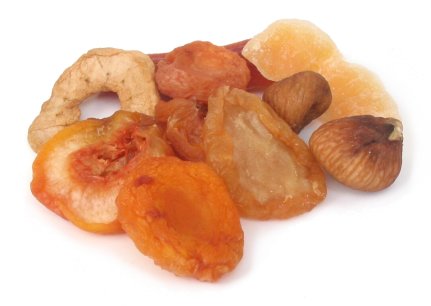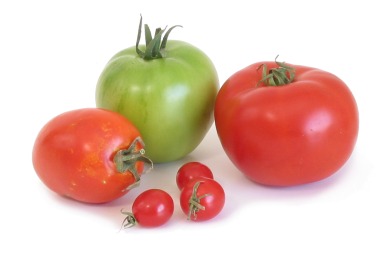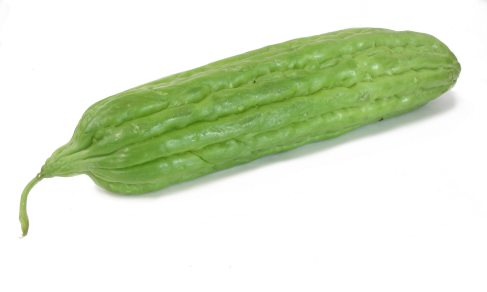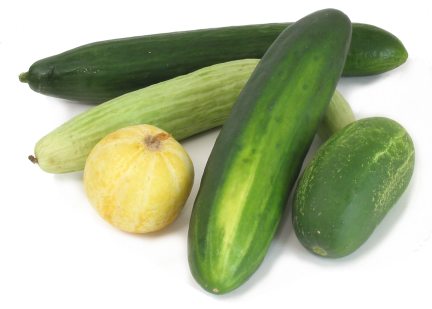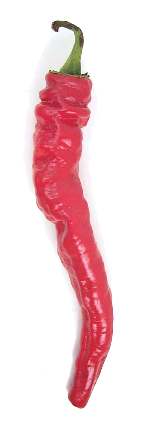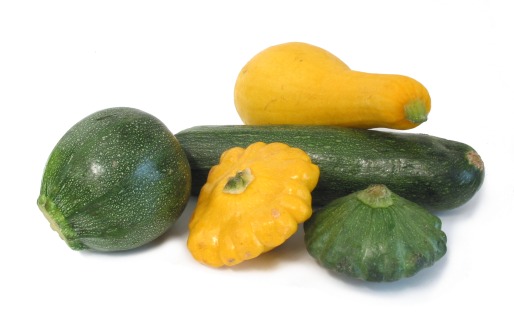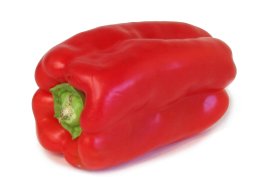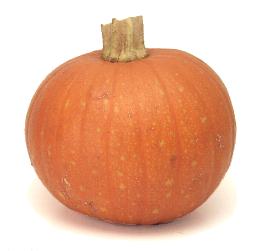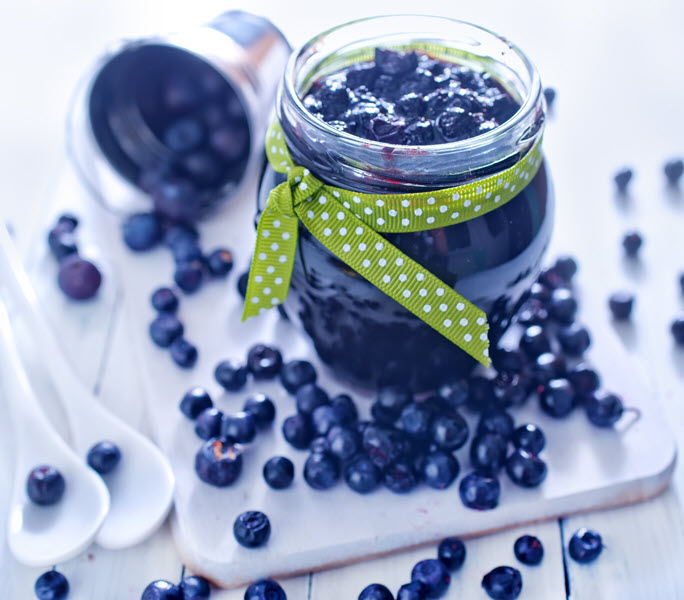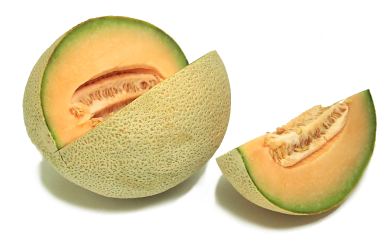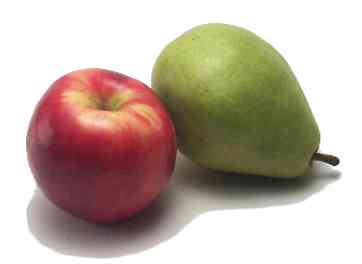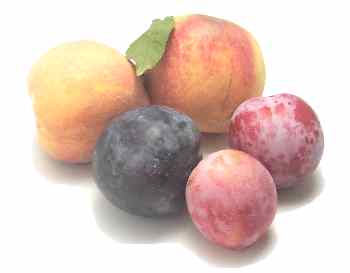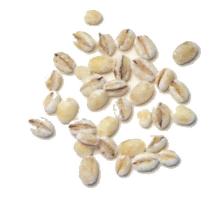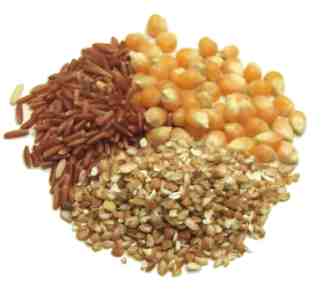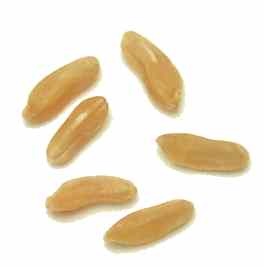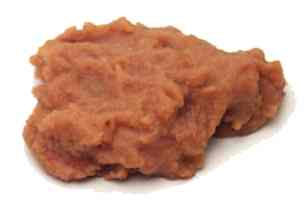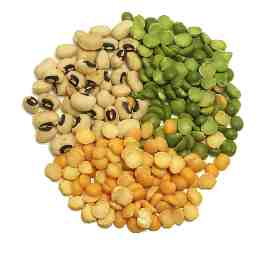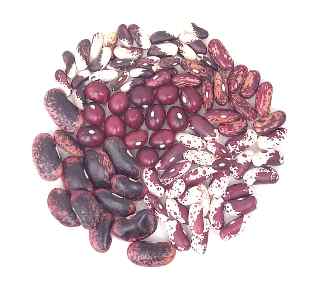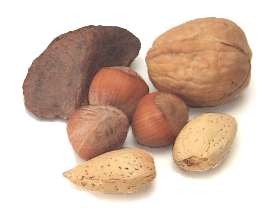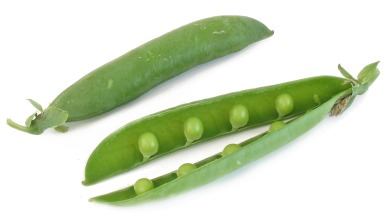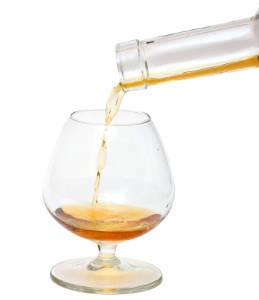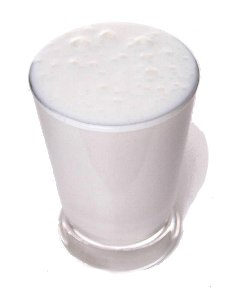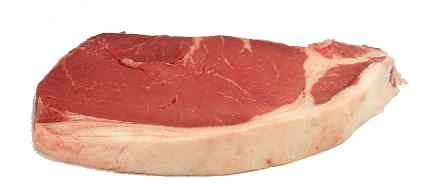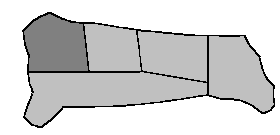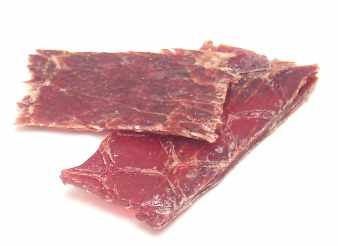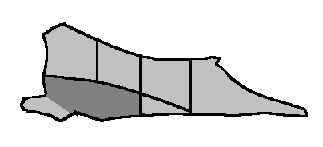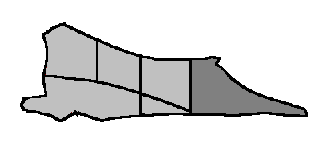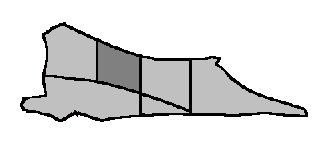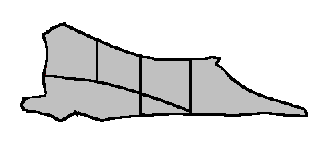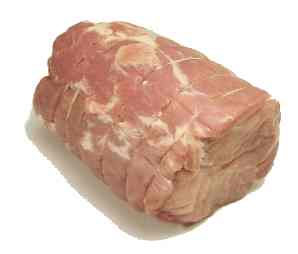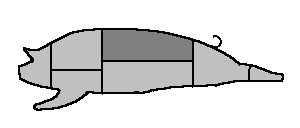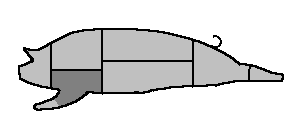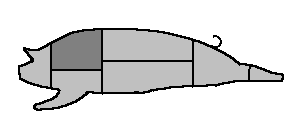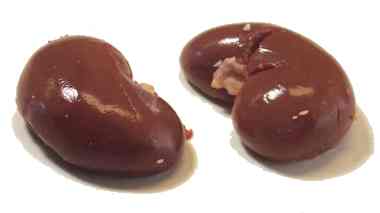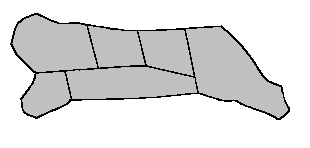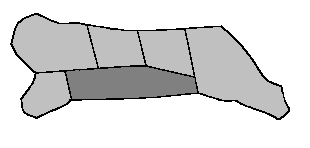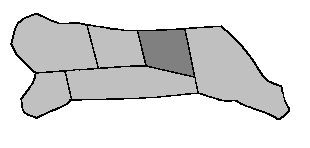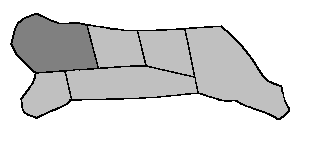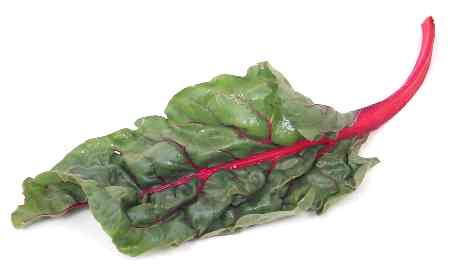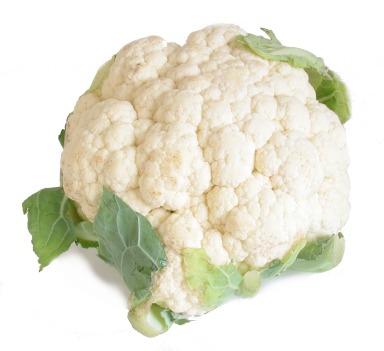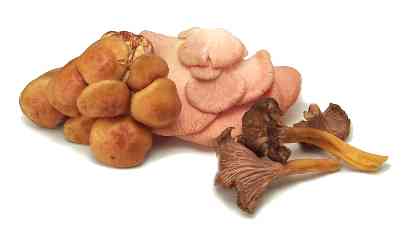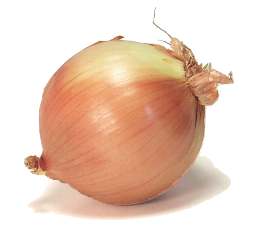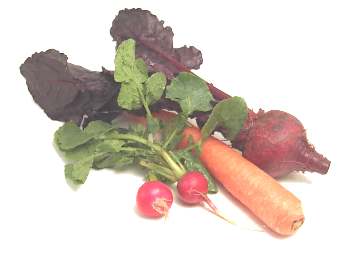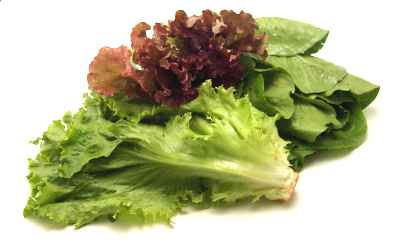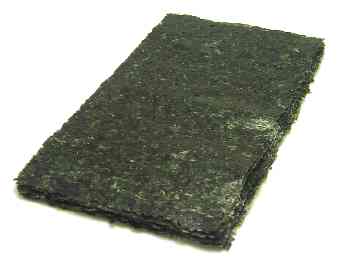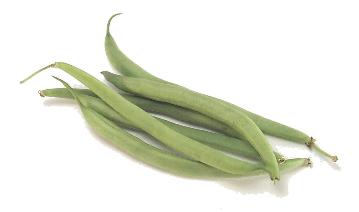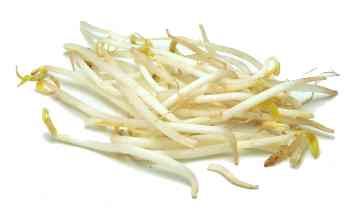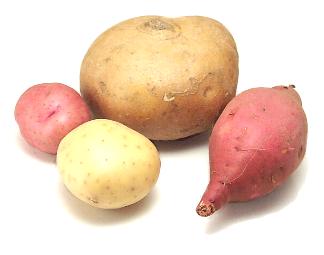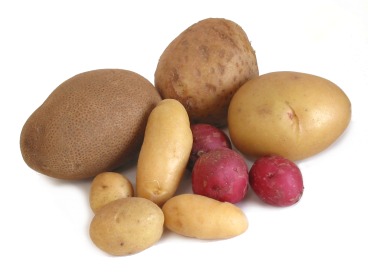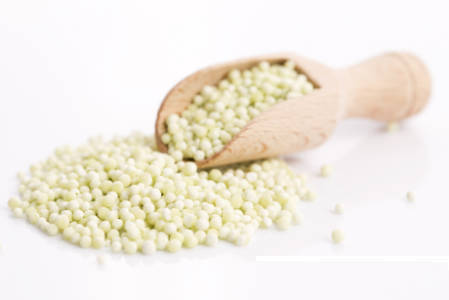Grain Products Category

Includes flour, noodles, and dough.
tapioca
These are small beads of tapioca that are used to make tapioca pudding. The beads don't dissolve completely, so they end up as small, squishy, gelatinous balls that are suspended in the pudding. Don't confuse this with instant tapioca, which is granulated and often used to thicken fruit pie fillings, or with pearl tapioca, which has much larger balls.
Learn moretapioca pearls
These round pellets are made from cassava roots. Asians use them to make puddings and a beverage called bubble tea. You can also use them to make tapioca pudding, though it's faster and easier to use instant or regular tapioca. The pearls are normally soaked for at least a few hours before they're added to a recipe.
Learn moretapioca starch
Tapioca is a good choice for thickening pie fillings, since it thickens at a lower temperature than cornstarch, remains stable when frozen, and imparts a glossy sheen. Many pie recipes call for instant tapioca instead of tapioca starch, but instant tapioca doesn't dissolve completely and leaves small gelatinous blobs suspended in the liquid. This isn't a problem in a two-crust pies, but the blobs are more noticeable in single-crust pies. Tapioca starch is finely ground so that it dissolves completely, eliminating the gelatinous blob problem. The starch is also sometimes used to thicken soups, stews, and sauces, but the glossy finish looks a bit unnatural in these kinds of dishes. It works quickly, though, so it's a good choice if you want to correct a sauce just before serving it. Some recipes for baked goods also call for tapioca flour because it imparts a chewier texture.
Learn moreThai noodles
Thai cooks use rice noodles of various sizes, as well as bean threads and Chinese egg noodles.
Learn morethickeners
Thickeners add substance and body to sauces, stews, soups, puddings, pie fillings, and other dishes. Tips: Before you add a thickener to a sauce, skim the fat from the top. Once you've added the thickener, the fat will be harder to remove. Flour is a good thickener for gravies, gumbos, and stews, since it gives them a smooth, velvety texture. It's best to mix it with fat first, either by making a roux or beurre manié, or by flouring and frying stew meat before adding a liquid to the pot. If you wish to cut fat from your diet, you can instead mix the flour with water and add it to the sauce, but you'll need to cook it for quite awhile to get rid of the starchy, raw flour taste. Sauces thickened with flour become opaque, and they may become become thin again if they're cooked too long or if they're frozen and then thawed. Starch thickeners like cornstarch are mixed with an equal amount of cold water, then added to warm liquids to thicken them. They're a good choice if you want a low-fat, neutral-tasting thickener. They give dishes a glossy sheen, which looks wonderful if you're making a dessert sauce or pie filling, but a bit artificial in a gravy or stew. If you get lumps in your sauce from a thickener, blend the sauce in a blender or food processor until it's smooth. Cereal grains like oatmeal, couscous, soup pasta, farina, are often used to thicken soups. Reduction is a slow but low-fat way of thickening sauces and concentrating flavors. Just cook down the sauce in an uncovered pan until it's thickened to your liking. Meat and fish glaces are a time-consuming--or expensive, if you buy them ready-made--way of thickening and enriching sauces. They're made by reducing stocks until they're thick and gelatinous. A good way to thicken soups or stews is to add grated starchy vegetables, or to purée the vegetables in the sauce. Nuts make good, flavorful thickeners for stews, though they're often expensive and high in fat. Just grind them down to a flour or butter, and add them to the dish. Egg yolks add a silky, velvety texture to soups and sauces, but they'll turn into scrambled eggs if they're not introduced carefully into the hot liquid. Cream, once reduced, gives sauces a rich texture and flavor as it thickens them, but it's high in fat. To make a low-fat cream sauce, use evaporated milk mixed with a starch thickener. Yogurt is a popular soup thickener in Eastern Europe and the Middle East.
Learn moreThickenThin™
This thickener has no calories, fat, or carbohydrates. It's great for thickening gravies, sauces, and soups, but it won't set up sufficiently to make puddings or custards. A little goes a long way, so use about half as much as you would a starch thickener.
Learn morethin rice sticks
These are used throughout Asian in soups, spring rolls, cold salads, and stir-fries. They're similar to bean threads, only they're longer and made with rice flour instead of mung bean starch. Before using, soak the dried noodles in hot water until they're soft (about 15 minutes), then boil them briefly (from 1 to 3 minutes) and rinse with hot water. You can also deep-fry the dried noodles until they're crunchy and then use them in Chinese chicken salad, or as a garnish or bed for sauces.
Learn moreti leaves
South Pacific islanders use these to wrap food and to line the imu pits in which they roast pigs.
Learn moreTientsin fen pi
These thin round sheets resemble rice paper, but they're made with mung bean starch and used as noodles. Before cooking, soak them in hot water until they're soft, then cut them into noodles.
Learn moretofu noodles
These chewy noodles look like a pack of rubber bands, but they're made from compressed tofu and packed with protein and nutrients. They're usually served in salads, soups, or stir-fries. Look for them in the refrigerated or frozen foods section of Asian markets. Dried tofu noodles are also available; before using, soak them in water mixed with baking soda until they soften, then rinse. Don't confuse these with bean curd skin noodles, which are darker and chewier.
Learn moretortellini
These are circles of pasta that are stuffed with a meat or cheese filling, and then folded into little hats. A larger version is called tortelloni.
Learn moretortelloni
These are circles of pasta that are stuffed with a meat or cheese filling, and then folded into little hats. A smaller version is called tortellini.
Learn moretortiglioni
This is a tubular Italian pasta that's often served with chunky sauces or in casseroles.
Learn moretrenette
This is a type of Italian ribbon pasta that's thinner than fettuccine and linguine. It's traditionally served with a pesto sauce. Don't confuse it with trennette, a small rod with a triangular cross-section.
Learn moretrenne
This Italian pasta is triangular, and cut into short lengths. It's good with chunky sauces or in casseroles.
Learn moretrennette
This triangular Italian pasta is similar to trenne, only smaller. Don't confuse this with trenette, which is a long ribbon of pasta.
Learn moretripolini
Some pasta producers use the name tripolini to describe tiny bows which commemorate the Italian conquest of Tripoli. Some use it to describe long ribbons that are similar to fettuccine, but ruffled along one edge.
Learn moretroffiette
A Ligurian specialty, these are small, twisted bits of pasta. They're often served with pesto.
Learn moretruffle pasta
This is an egg pasta that's flavored with truffles. It's normally served with a cheese sauce.
Learn moretubetti
These small pasta tubes work well in minestrone and other Italian soups. It's also one of the shapes used to make Spaghetti-Os.
Learn moretubettini
This is a tiny version of tubetti ("little tubes"), a short, tubular Italian pasta shape. It's usually served in broths and light soups. It's also one of the shapes used to make Spaghetti-Os.
Learn moretufoli
This large, tubular pasta is often stuffed and baked. It also goes well with hearty sauces.
Learn moreudon
These slippery Japanese wheat noodles are popular in southern Japan, where they're often served in soups or stews. They're roughly as thick as spaghetti, but they come in different widths. Dried udon noodles are available in Asian markets and health food stores. Cook them for about 11 minutes. Fresh udon noodles are called nama udon, and should be cooked for about 2 to 3 minutes.
Learn moreurad dal flour
This is made from urad dal, a type of Indian lentil. The flour is used to make pappadums and breads.
Learn morevegetarian gelling agents
Vegetarians use these instead of gelatin, which is derived from the bones and tissues of animals. The most popular are agar and carrageen, both of which are derived from seaweed.
Learn morevermicelli
Vermicelli (Italian for "little worms") is similar to spaghetti, only with very thin strands. Serve it with very light sauces, or break up the rods and serve the pieces in a broth.
Learn morevermicelloni
This Italian pasta is a thick version of vermicelli, that's often served with hearty meat sauces. It's hard to find in the United States.
Learn moreVietnamese noodles
The Vietnamese are fond of rice noodles, which range in size from the slender banh hoi (rice vermicelli) to bun (thin rice sticks) to banh pho (medium rice sticks). They also use slender bean threads made from mung bean starch (which they call bun tao or sometimes mien), and Chinese egg noodles.
Learn morewater chestnut starch
Asian cooks often dredge foods in this before frying them, because it gives fried foods a crisp, nutty coating. It can also be used as a thickener. Look for it in Asian markets and health food stores. Don't confuse this with chestnut flour.
Learn morewheat flour
Includes: (from hardest to softest flours) durum wheat flour and semolina flour (typically used for making pastas), whole wheat flour and graham flour (typically mixed with all-purpose or bread flour to make bread or baked goods), bread flour (typically used for making yeast breads), all-purpose flour (can be used for breads and baked goods), pastry flour (typically used for pastries), and cake flour (typically used for cakes). Substitutions: See the all-purpose flour listing.
Learn morewhole wheat pasta
Several varieties of pasta are made with whole wheat instead of a more refined flour. This makes the pasta darker but more nutritious.
Learn morewide rice noodles
These thick rice noodles are popular both in Southeast Asia and China. Soak the noodles in hot water until soft, then either boil them or add them along with some broth to your stir-fry.
Learn morewonton noodles
These are thin Chinese egg noodles of various widths. They're usually served in soups. They're available both fresh and dried in Asian markets.
Learn morewonton wrappers
Wontons are the Chinese answer to ravioli--small packets of meat encased in a thin noodle wrapper. The wrappers are made of flour, eggs, and water, and, once filled with meat, can be easily folded and pinched into shape. While assembling the wontons, keep the stack of wrappers moist by covering them with a damp towel. You can seal the dumplings with a "glue" made with cornstarch and water. The wrappers come in different thicknesses. The thin ones work best in soups, while the thicker ones are best for frying. Look for stacks of them wrapped in plastic in the refrigerator cases of Asian markets. Store them in the refrigerator or freezer, but let them come to room temperature before using.
Learn moreyufka
This is the Middle Eastern and North African version of phyllo dough, with leaves that are slightly thicker and sometimes round. It's used to make savory pastries.
Learn more
